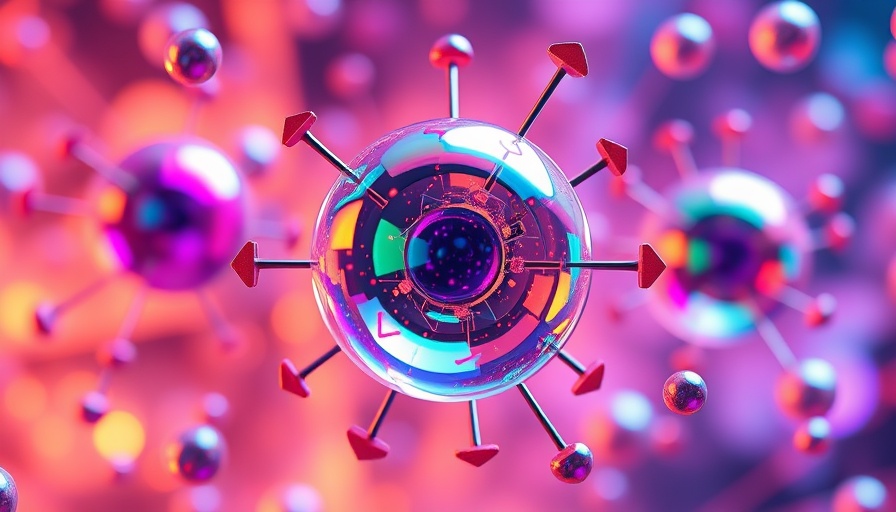
Unlocking the Future with Phosphorene Nanoribbons
A groundbreaking study from the University of Cambridge has revealed that phosphorene nanoribbons (PNRs)—thin strips derived from black phosphorus—demonstrate both magnetic and semiconducting properties at room temperature. This exciting discovery suggests that PNRs not only challenge traditional views on magnetic semiconductors but also pave the way for advances in quantum computing and other emerging technologies.
What Are Phosphorene Nanoribbons?
Phosphorene nanoribbons are exceptionally narrow, extending only a few nanometers wide. Their unique structure leads to remarkable electronic properties, particularly when compared to their bulk counterparts. Researchers have suspected for years that these nanoribbons could possess unique magnetic characteristics, but empirical evidence was elusive until now.
Key Findings from the Research
The study utilized sophisticated techniques, including ultrafast magneto-optical spectroscopy, to successfully demonstrate the magnetic behavior of PNRs at room temperature. Significantly, it was found that, even in weak magnetic fields, these subtle nanomaterials could exhibit distinctive macroscopic magnetic properties, which was previously thought exclusive to traditional magnetic materials like iron and nickel.
According to Arjun Ashoka, the lead author of the study, “Our findings show that PNRs can couple magnetic, optical, and vibrational properties along their edges, a factor that may prove crucial in the development of new quantum technologies.” This coupling could lead to innovations in spintronics, where electronic devices utilize both charge and spin for a new level of performance.
Applications in Quantum Technologies
The implications of this discovery extend far beyond traditional electronics. The ability of PNRs to function as both magnetic and semiconducting materials at room temperature positions them as a significant player in quantum technology. This could mean faster, more efficient computing devices capable of operating at unprecedented speeds.
The Road Ahead
As researchers continue to explore the potential of phosphorene nanoribbons, their ability to interact with light and other physical phenomena will likely lead to more exciting applications. This research marks a crucial step towards realizing nanomaterials capable of operating effectively in quantum computing environments. Furthermore, understanding how these materials can be produced and manipulated at scale will be a key focus for future studies and applications.
Conclusion
This innovative research demonstrates the power of modern materials science and opens the door to exploring exciting new avenues in technology. As we unlock more about phosphorene nanoribbons, we prepare the ground for enhancements in the realms of nanotechnology and quantum computing.
 Add Row
Add Row  Add
Add 




Write A Comment